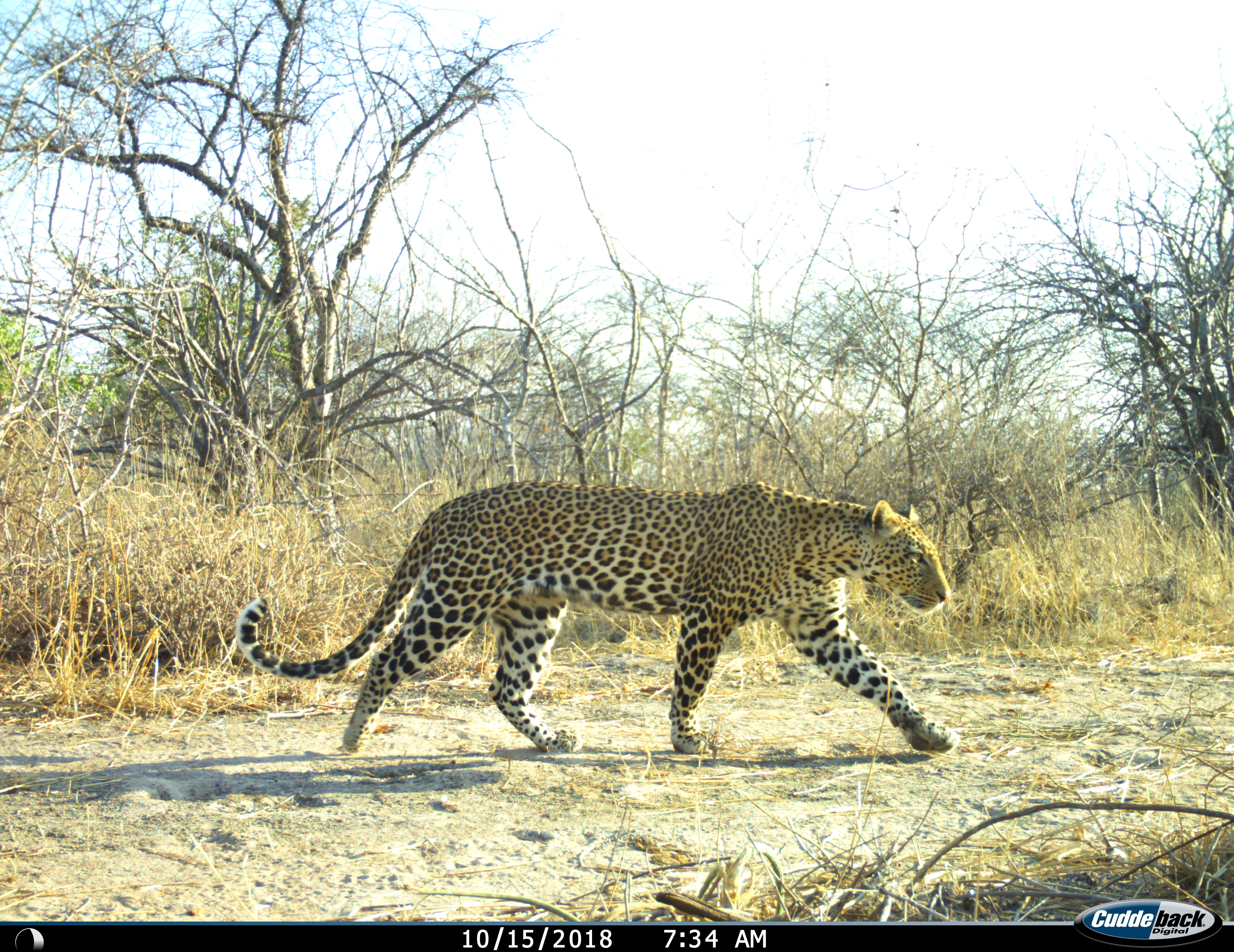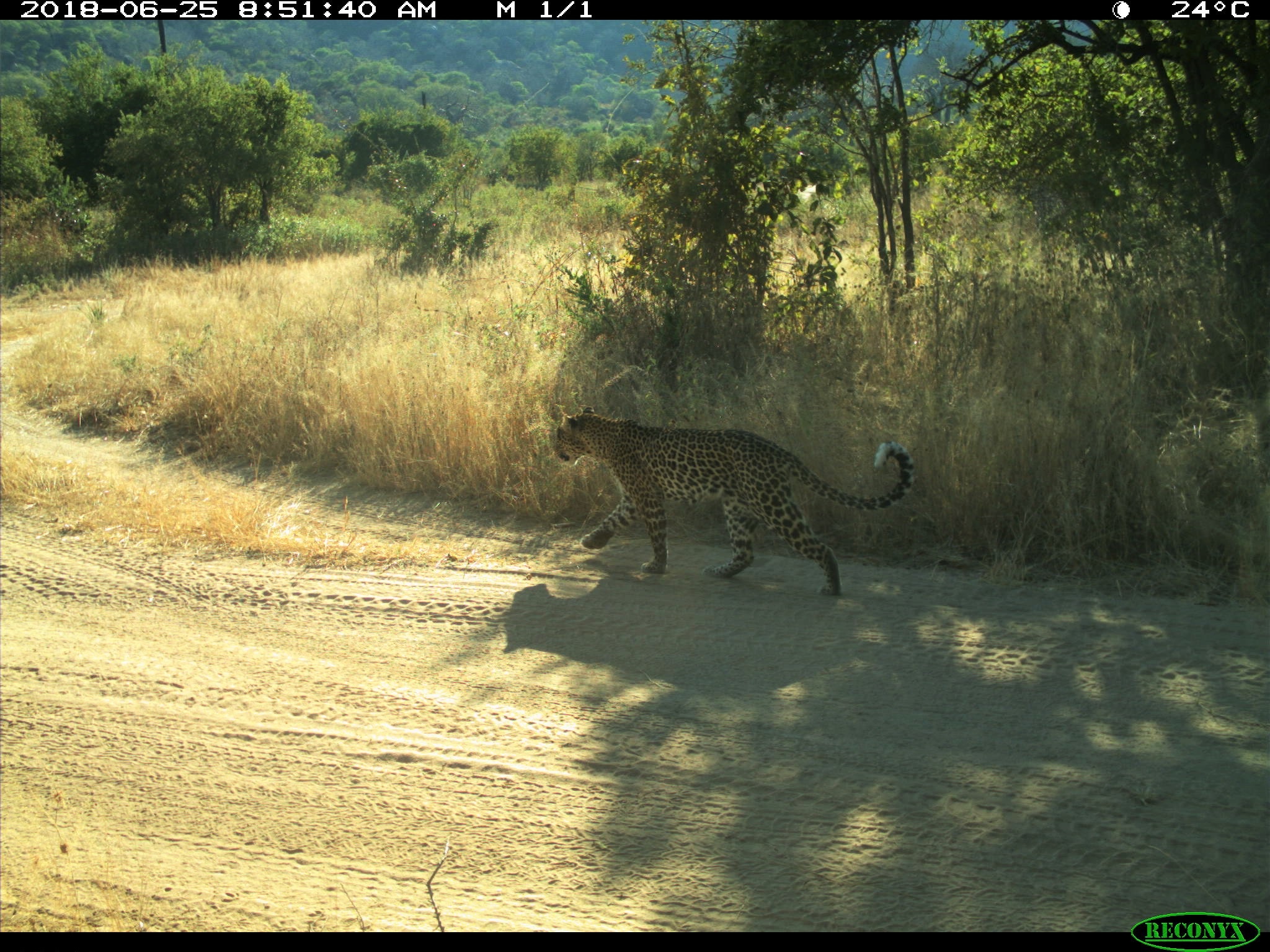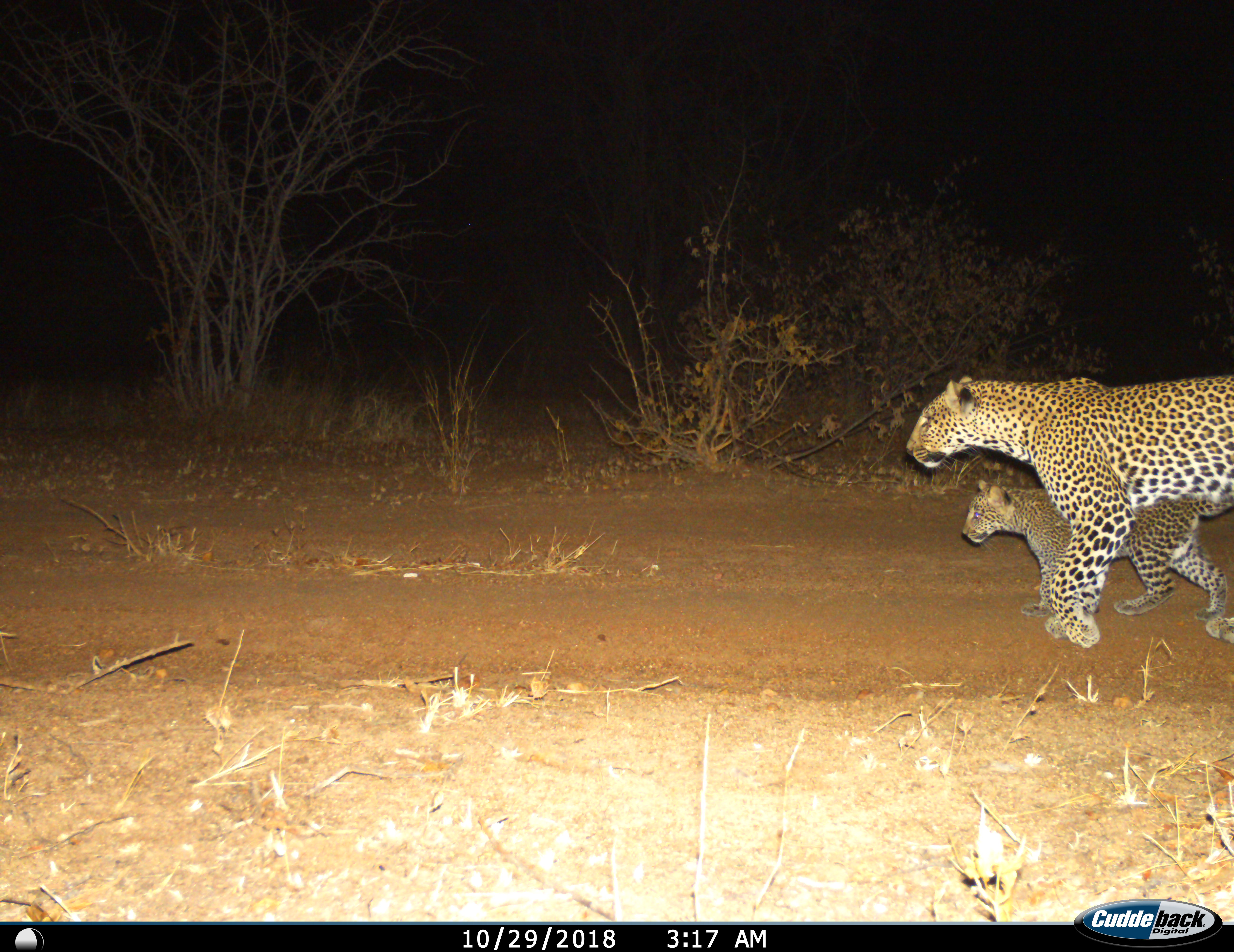News
Leopard population density varies across habitats and management strategies in a mixed-use Tanzanian landscape
Protected areas across sub-Saharan Africa are becoming increasingly isolated as a result of human pressures, and many have failed to mitigate human-induced threats to mammal populations. As a result, the continued protection of the continent’s wildlife populations remains precarious. The African conservation landscape is also undergoing widespread changes, including the decline of trophy hunting in parts of the continent and the growth of landscape-scale and development-linked strategies. In the face of such widespread changes, there is a pressing need to assess how species are faring across different management strategies and land use types in place on the continent, to help inform and prioritise conservation strategies.
Large carnivores are widely considered to be high-priority species for monitoring, as their loss can have profound consequences for ecosystems. These species are also particularly vulnerable to habitat loss and persecution, as individuals often roam widely across ranges that can extend beyond the borders of protected areas. As such, effective monitoring of large carnivore populations – an activity which lies at the heart of research at WildCRU – is widely recognised as a research priority to help identify at-risk populations, inform conservation management plans, and stem the widespread range losses currently impacting these species. However, data of this kind are still sorely lacking for many large carnivore populations on the continent.
A new paper in Biological Conservation, led by WildCRU researcher Dr Charlotte Searle and co-authors at WildCRU, the Southern Tanzania Elephant Program (STEP), the Tanzanian Elephant Foundation, and the Tanzania Wildlife Research Institute (TAWIRI), explores how leopard population status varies across habitats and management strategies in Tanzania’s Ruaha-Rungwa landscape. In doing so, the work provides a case study of how surveys can be used to inform conservation planning across modern, mixed-use African landscapes, while providing much-needed information on leopard population status in a potential stronghold for the species in Africa.
The study focuses on the Ruaha-Rungwa landscape, a ~45,000 km2 protected area complex in central-southern Tanzania which is recognised by the EU as a Key Landscape for Conservation. Using data from camera trap surveys conducted in 2018 and 2019, the authors used spatially explicit capture-recapture (SECR) modelling to estimate leopard population density at four sites, including two within different habitats in a National Park, one within a trophy hunting area, and one in a community-managed area.
Leopard population density was highest in highly-productive habitat in the core tourist area of Ruaha National Park. The next highest density was estimated in similar habitat in a neighbouring community-managed area (the Idodi-Pawaga MBOMIPA Wildlife Management Area). Lowest densities were estimated in less-productive miombo woodland habitat, both in a trophy hunting area (Rungwa Game Reserve) and inside the National Park. Population density was highly correlated with prey abundance, suggesting that securing prey populations should be a priority for the conservation of the African leopard, which has lost up to two thirds of its historical range on the continent.
This study provides one of the first assessments of leopard status for Tanzania – a country thought to contain approximately 10% of extant African leopard range – including one of the first robust estimates of leopard population density in a trophy hunting area and a community-managed area. The authors highlight the importance of robust population density estimates to inform sustainable trophy hunting quotas for leopard and other hunted species. They also argue that support for community-managed areas should be considered an international conservation priority, as these areas often insulate highly-protected areas like National Parks from anthropogenic impacts and play an important role in maintaining connected ecosystems, in addition to having the potential to promote local development.
This work was made possible by scholarship funding from the Oxford NERC Environmental Research DTP, and grants from National Geographic Society Early Career Grants, Cleveland Metroparks Zoo Africa Seed Grants, Chicago Zoological Society Chicago Board of Trade (CBOT) Endangered Species Fund, and Pittsburgh Zoo & PPG Aquarium Conservation & Sustainability Fund.
Searle, C.E., Smit, J., Strampelli, P., Mkuburo, L., Ikanda, D., Macdonald, D.W., Loveridge, A.J. and Dickman, A.J., 2021. Leopard population density varies across habitats and management strategies in a mixed-use Tanzanian landscape. Biological Conservation, 257, p.109120.








